[LUM#16] So melt, melt, melt...
There is life on glaciers. A cryobiodiversity that is still poorly understood and could well disappear before revealing all its secrets. Because, retreating and shrinking, glaciers are inexorably dying out. The "Life without ice" project aims to understand this phenomenon in all its dimensions.
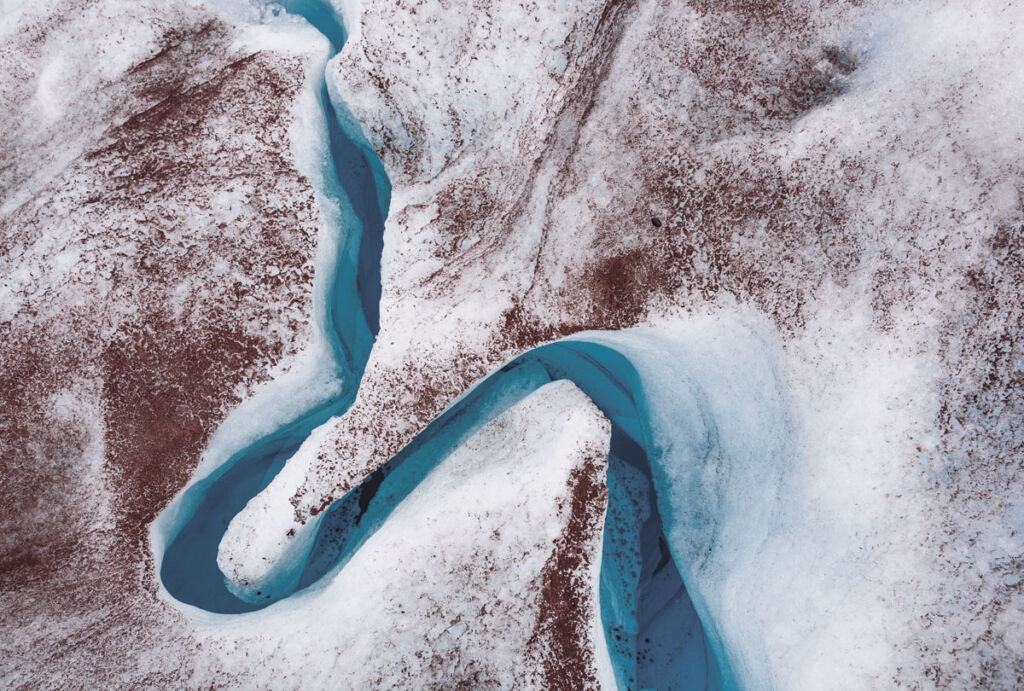
Birds, insects, crustaceans, algae, fungi, viruses, bacteria, and even tardigrades. Welcome... to the ice. An unexpected reservoir of life that still holds many mysteries: "Many species that make up this cryobiodiversity remain to be described, " explains Olivier Dangles*. But time is running out, because this extreme biodiversity is in danger. The cause: the disappearance of its habitat, an emblematic victim of climate change. In half a century, glaciers around the world have lost 9 trillion tons of ice, or three times the volume of ice contained in the European Alps each year. "After using the words 'retreat' or 'decline' to describe the dynamics of glaciers in recent decades, we must now explore a new lexical field: that of extinction, " laments the researcher from the Center for Functional and Evolutionary Ecology. By 2100, the total mass of glaciers worldwide will have decreased by 35% to 55%.
And because some species that make up this cryobiodiversity live only on glaciers, and nowhere else, they will become extinct along with them. "Several dozen glaciers around the world have already disappeared, along with the endemic species they sheltered, " says the ecologist. This melting ice also impacts ecosystems up to several dozen kilometers downstream, such as plants that thrive in snowfields or live in wetlands. "Furthermore, glaciers provide water and mineral salts that are essential to life, " explains the researcher.
However, the ecological, physical, and social consequences of global glacier extinction remain poorly understood. "Despite the urgency, no transdisciplinary study has been conducted to date, " notes Olivier Dangles. To learn more about this biodiversity that is destined to disappear, but also to better understand the phenomenon as a whole, the researcher is participating in the "Life without ice" project led by IRD and INRAE. "The goal is to bring together scientists from different backgrounds and scientific disciplines to study glacier melt and its consequences."
This project will provide a better understanding of this famous cryobiodiversity, particularly by characterizing habitat changes, but also by cataloging endangered species and those that may be capable of adapting. It is an ambitious goal that leaves no one cold, even if "it is likely that this cryobiodiversity will disappear before revealing all its secrets, " fears Olivier Dangles.
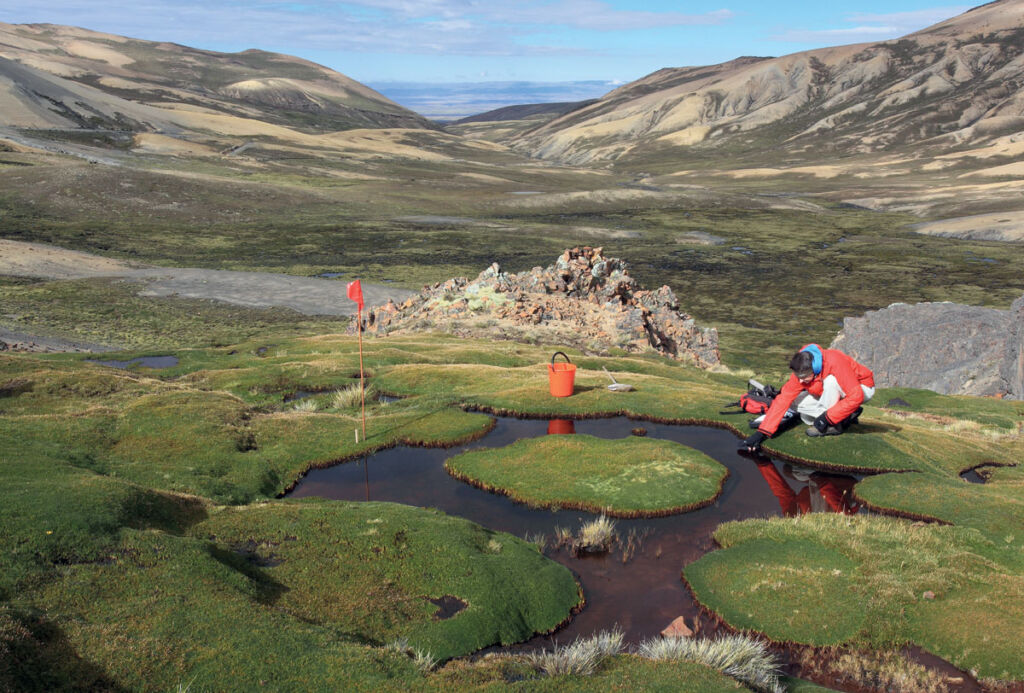
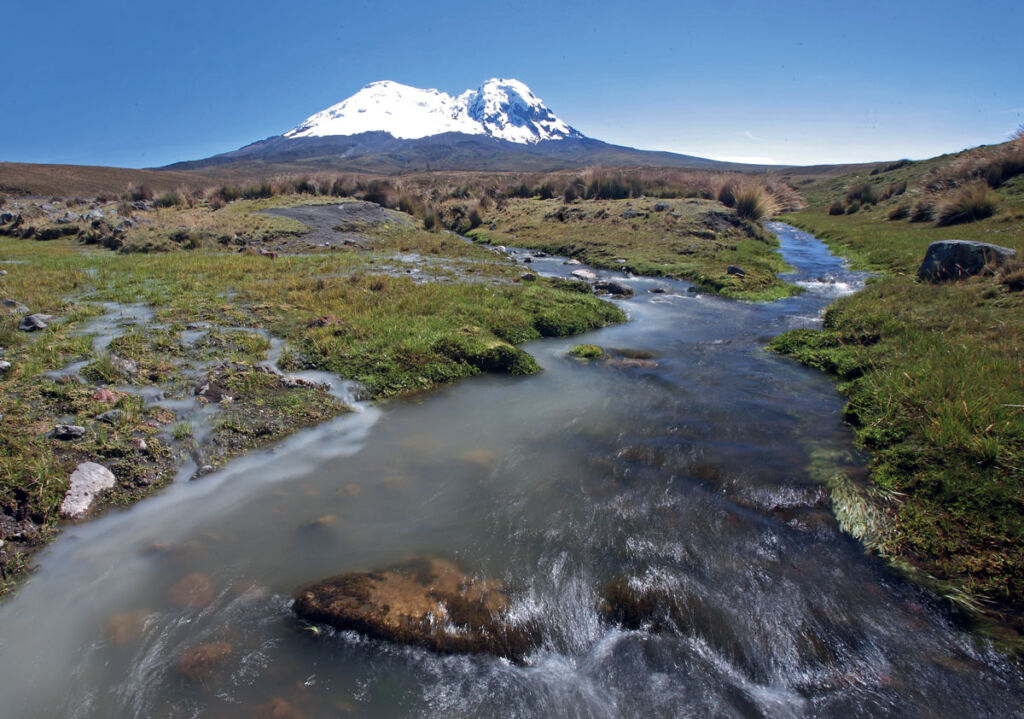
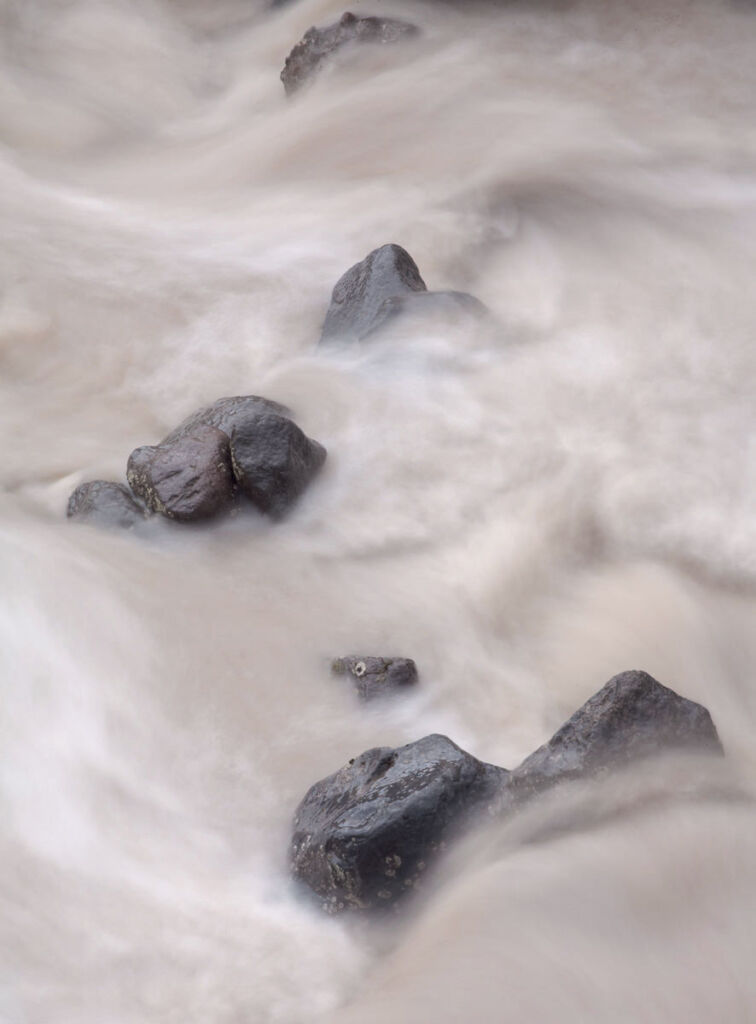
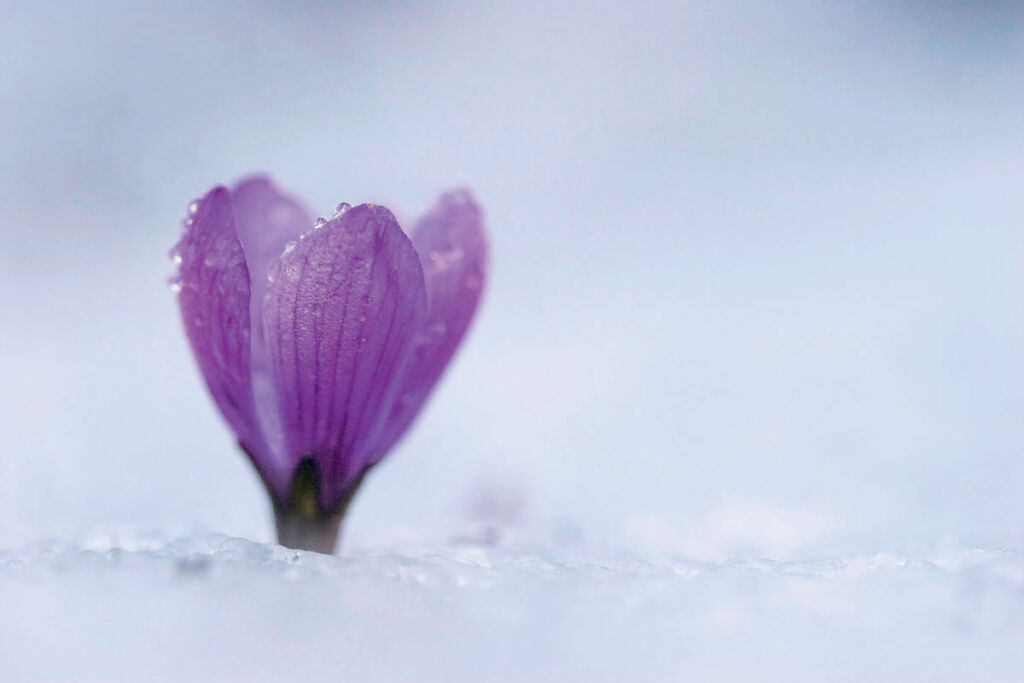
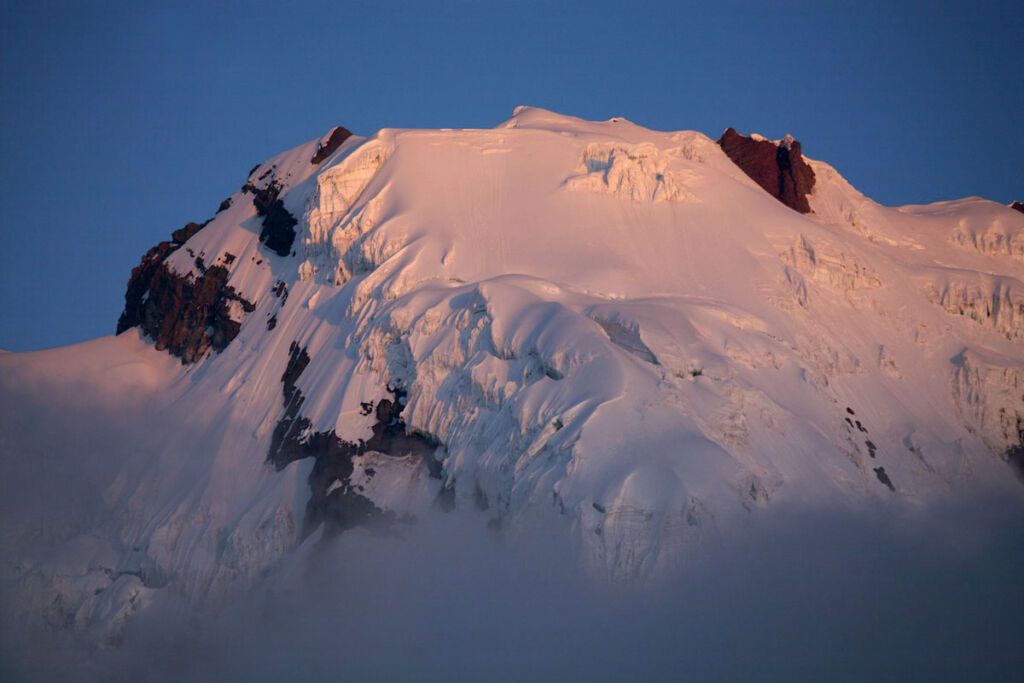
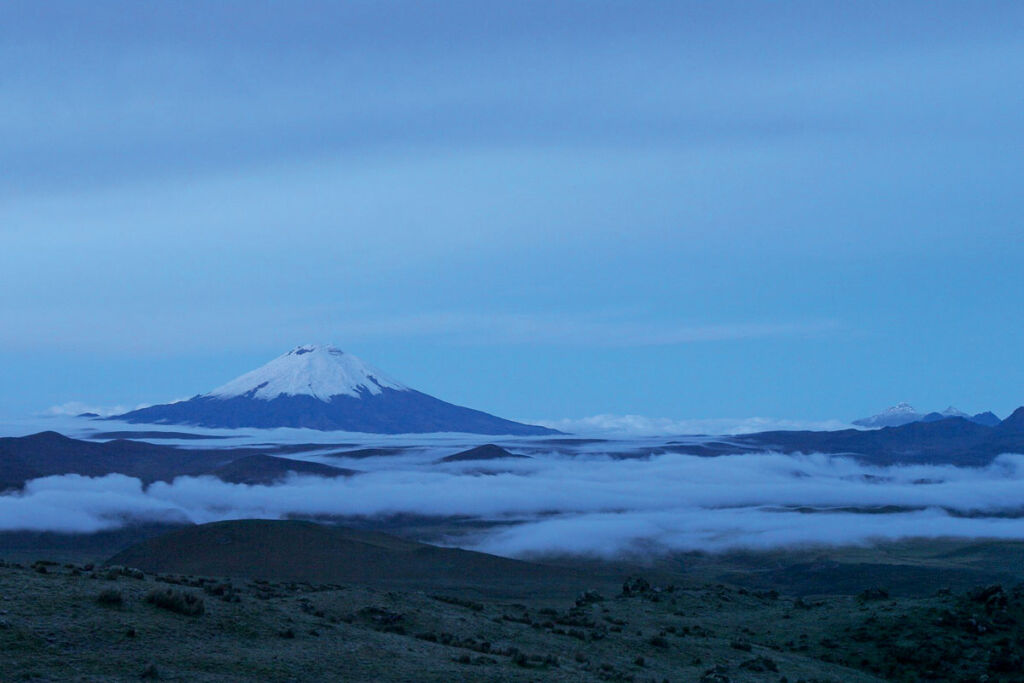
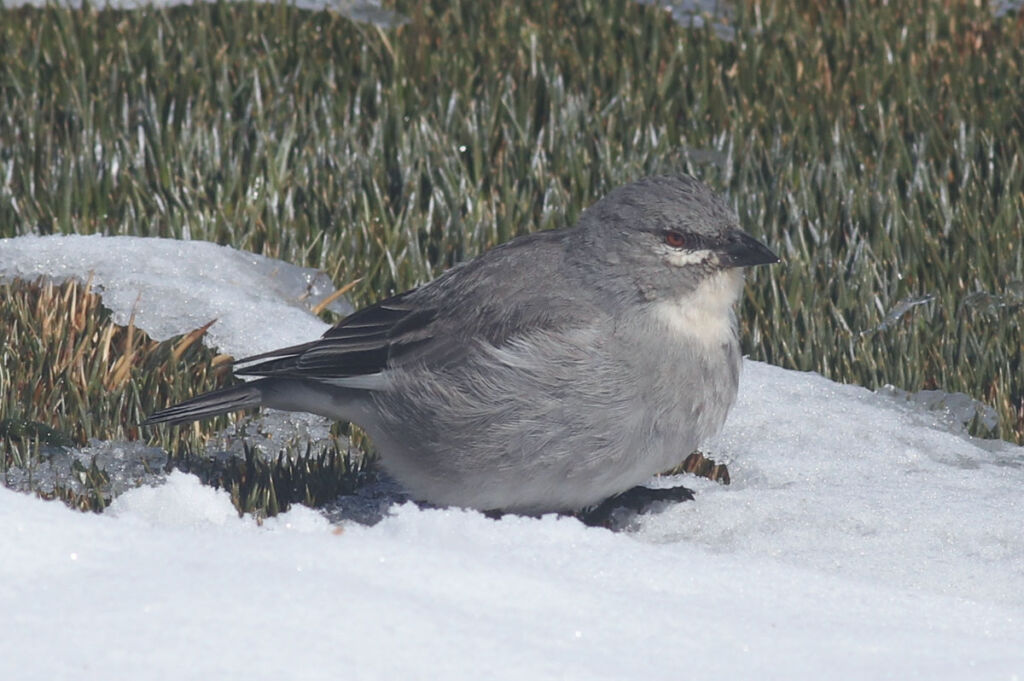
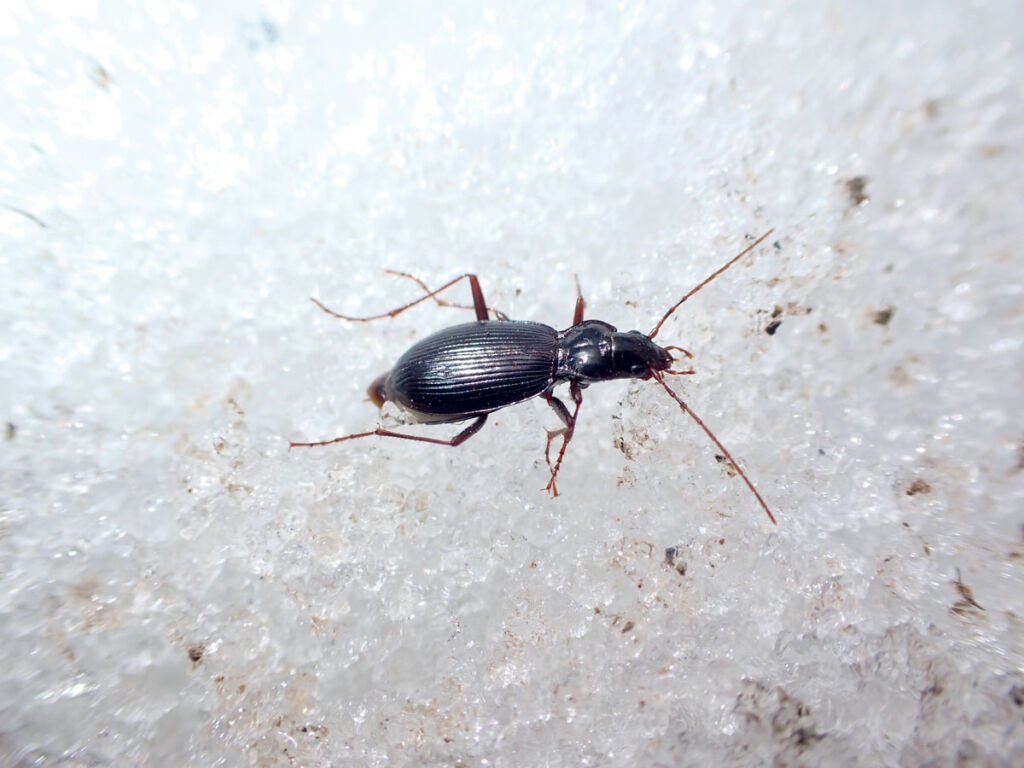
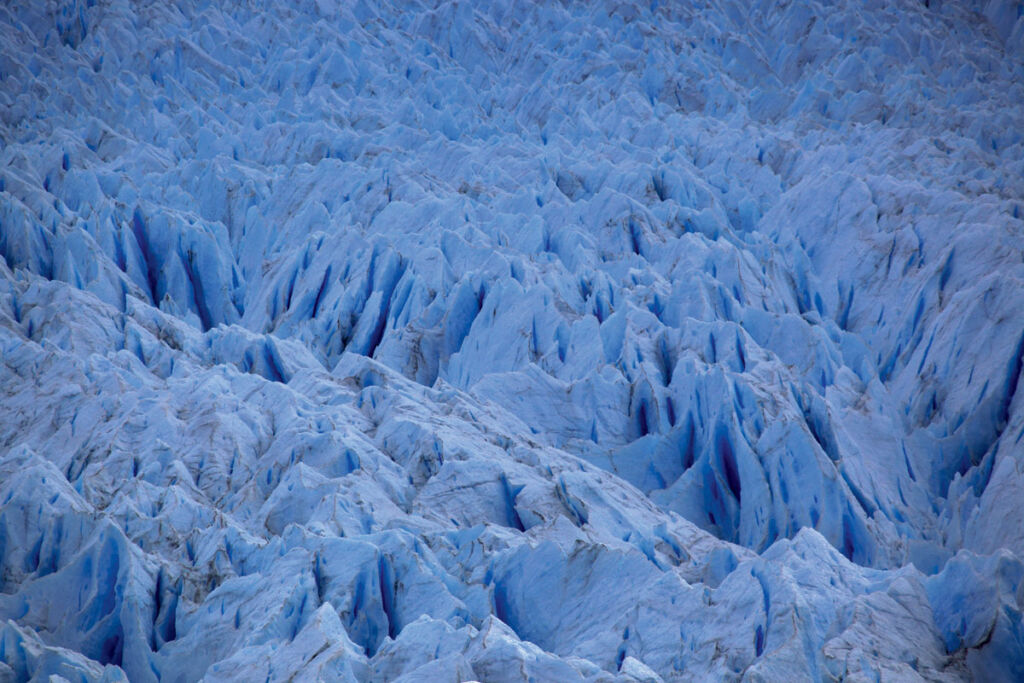
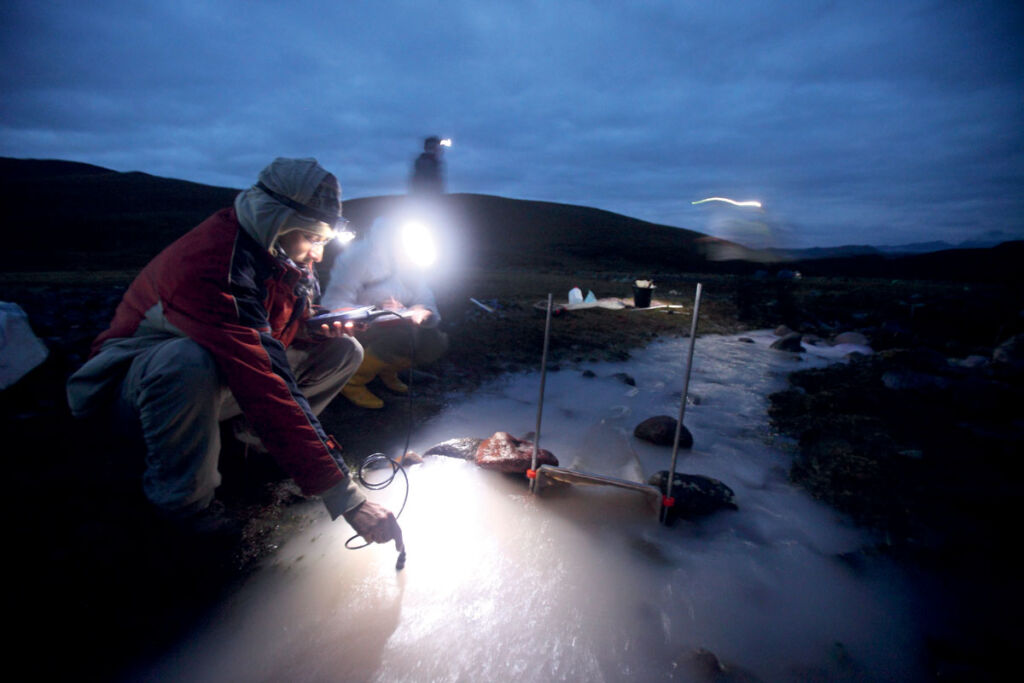
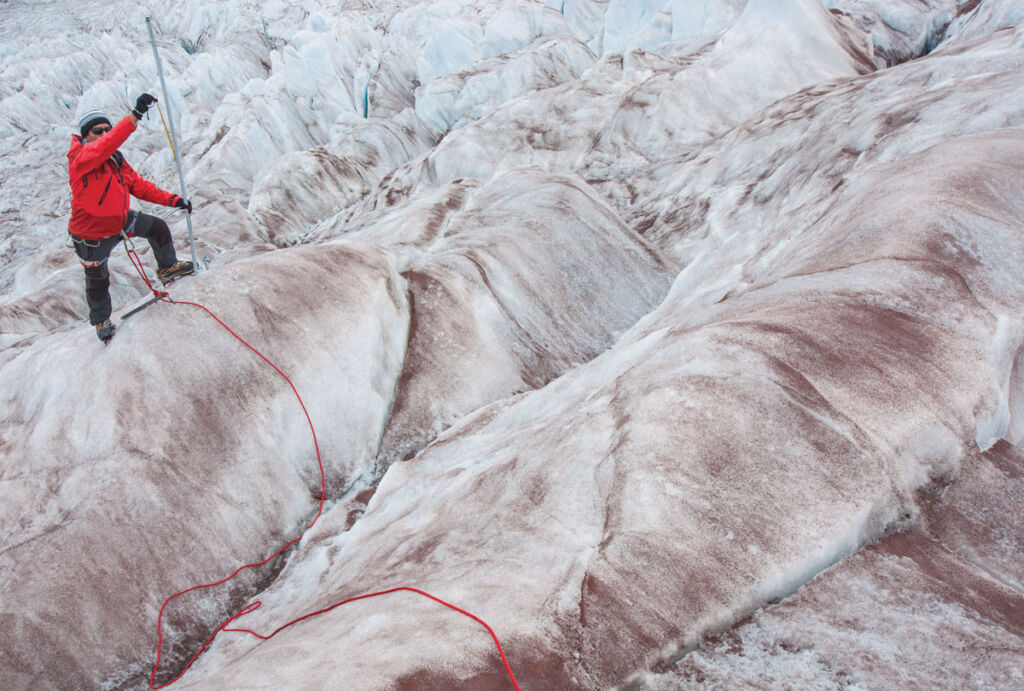
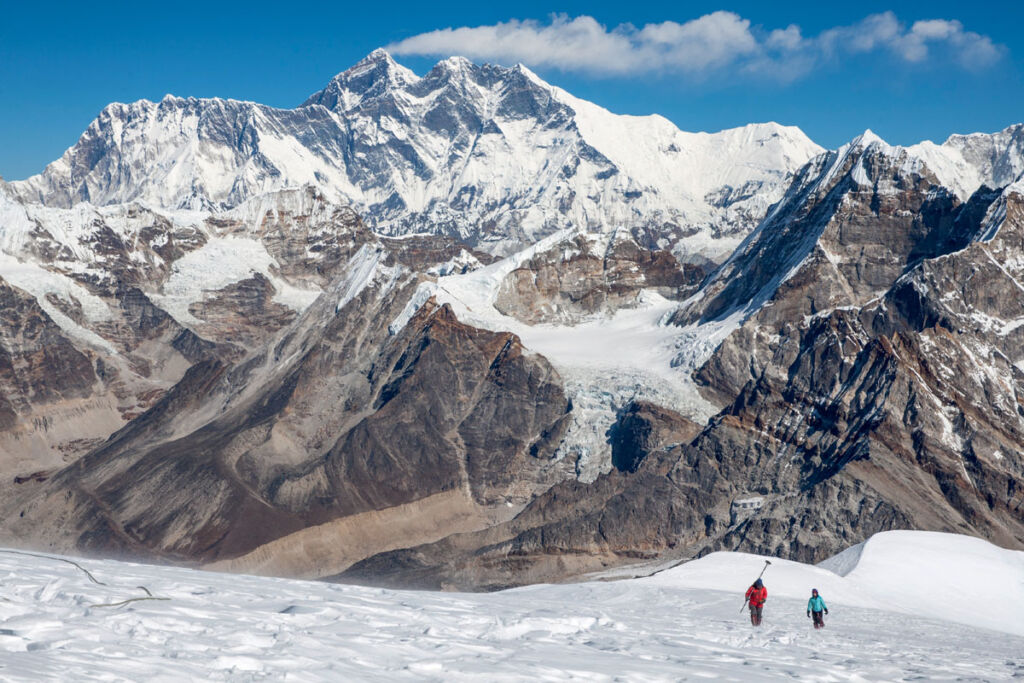
See also:
In Praise of Glaciers, Those Dragons of Cold That Cause Concern and Fascination, an article by Olivier Dangles on The Conversation
Find UM podcasts now available on your favorite platform (Spotify, Deezer, Apple Podcasts, Amazon Music, etc.).
* CEFE (University of Montpellier – CNRS – IRD – EPHE)